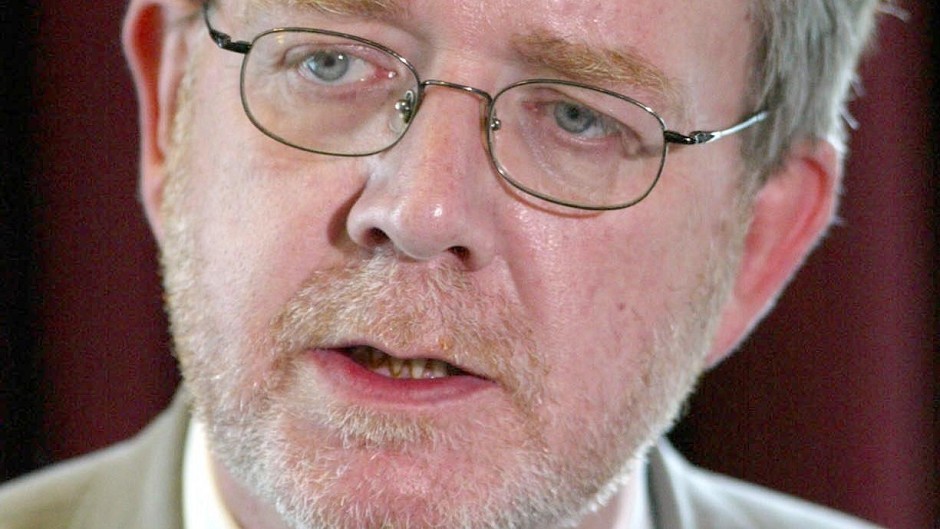Stressed and depressed binmen, social workers and planning officers are part of a sickness epidemic that cost Argyll and Bute Council more than £770,000 in just three months of this year.
New figures revealed ahead of a meeting today show that from April to June, local authority employees averaged over 2.5 days off each.
The top reasons for being off sick, making up 29% of the absences, were in the stress/depression/mental health/fatigue category. Medical treatment made up 15% and other musculoskeletal problems, 11%.
Eben Wilson, director of Taxpayer Scotland, said: “The public sector has always struggled with staff sickness.
“Tax payers really don’t deserve to see so many days taken off by the workers they are paying for.
“Attitudes are very different about the importance of being at work to those in the private sector.”
Council services with the highest cost per full time equivalent employee were Adult Care, Children and Families, Planning and Regulatory Services and Roads and Amenity Services.
Although the exact amount of £771,814 was a slight reduction on the same period last year, at £791,154, attendance figures have deteriorated on the same period last year. The actual average days lost per full time equivalent employee has risen to 2.57 from 2.48. The council’s target is 2.37.
Independent Councillor George Freeman said: “Given the high levels of absence due to stress, it would appear that the Service Choices procedure is having a direct impact on the levels of sick absence within the council.
“This is an issue that the Administration in the council needs to tackle as a matter of urgency.”
In a report before councillors, Jane Fowler, head of Improvement and HR, writes: “Given that it is an uncertain time for employees as the council goes through its Service Choices programme it is not surprising that there has been an increase in the number of sickness absence days attributed to stress/depression/mental health/fatigue.”
Unite the union regional officer Elaine Dougall blamed the situation on “an economic crisis caused by casino bankers”.
She added: “They are having to work harder and harder, with fewer and fewer resources, just to provide a basic level of service to the people of Argyll & Bute. And all the time, they have the threat of potential redundancy hanging over the heads. It is incredibly demoralising and stressful.
“In that context, it’s no wonder that rates of sickness absence and sick pay budgets have increased – and it shows how short-sighted cuts too-often end up costing money.”
The beleaguered council was forced to axe 82 jobs at its last budget and hundreds more are expected to go in the coming years.
A new stress at work policy by the council is in the final stages of approval with clear guidelines for managing stress at work.
Mike Russell MSP for Argyll and Bute said: “I think everybody who works for the local authority is under pressure, there is no doubt about that.
“A good employer will manage that to help the staff as much as possible.”
A council spokesman said it “greatly values” employees and is undertaking “a number of initiatives to improve attendance”.
The spokesman added: “The council has a dedicated telephone line for employees to report absence and again when they return to work. This is to record absence accurately in a central system and to ensure they receive the correct sick pay. The caller may also be offered support services such as employee counselling if appropriate.”










